Play the Game
Interactif intervention│2018-2019
My visual work consists of objects made of clay (circular shapes and spheres) in combination with found objects that I have selected. I want to use these objects as props where different configurations are possible. The idea of my research is to create an open condition that others can participate in. On January 10, 2019, I had an experimental interaction take place at the Capitole in Ghent.
How do others view my props that are ready to touch? How do they respond? Which objects are they drawn to? Do I see a recurring line in this? Are there any connections? How are the objects positioned relative to each other and to the space?
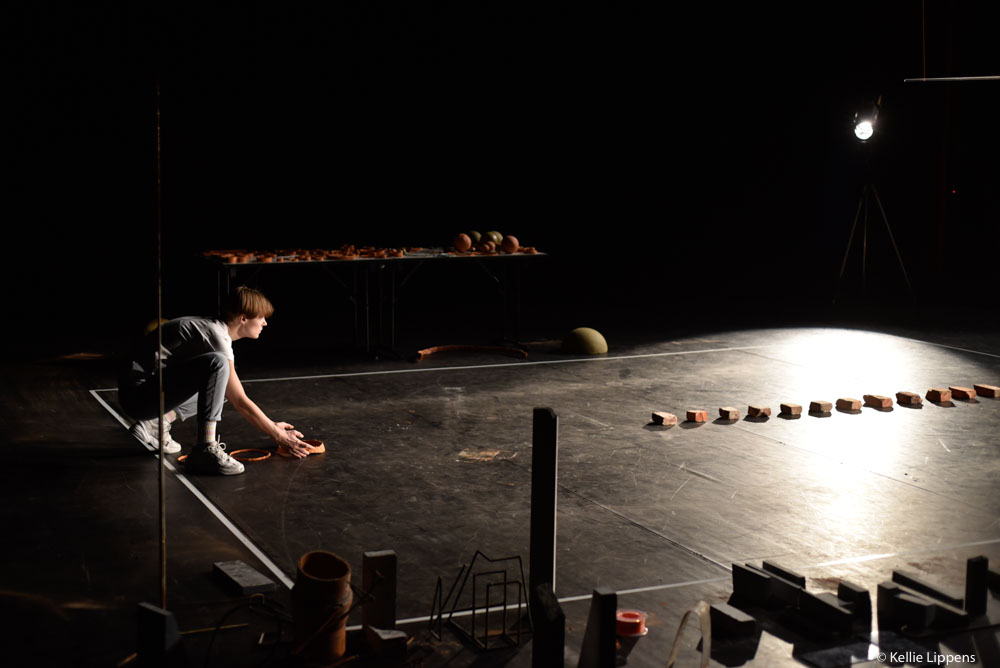
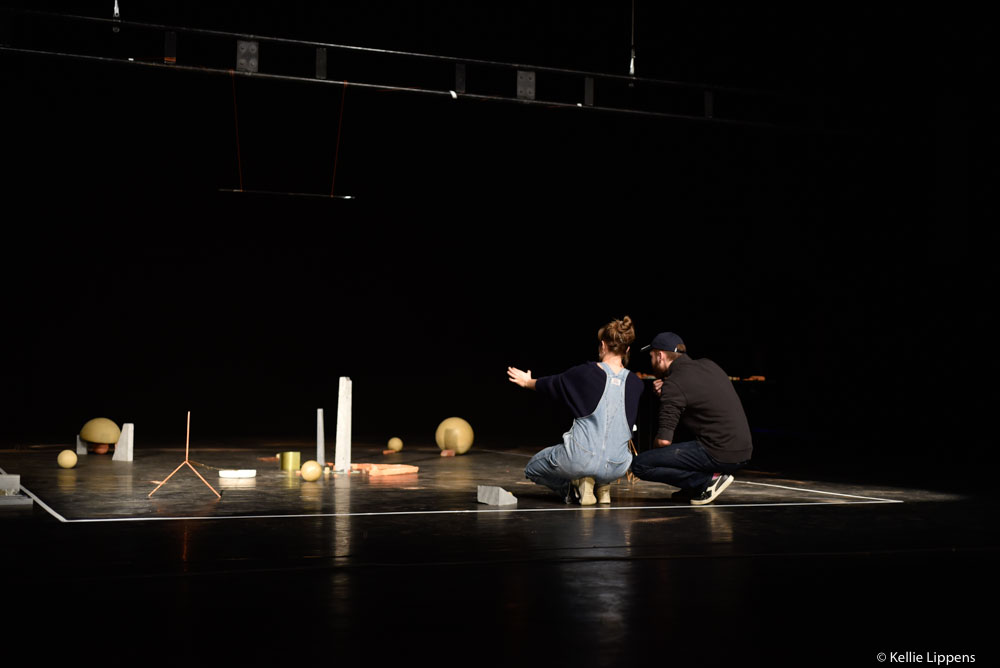
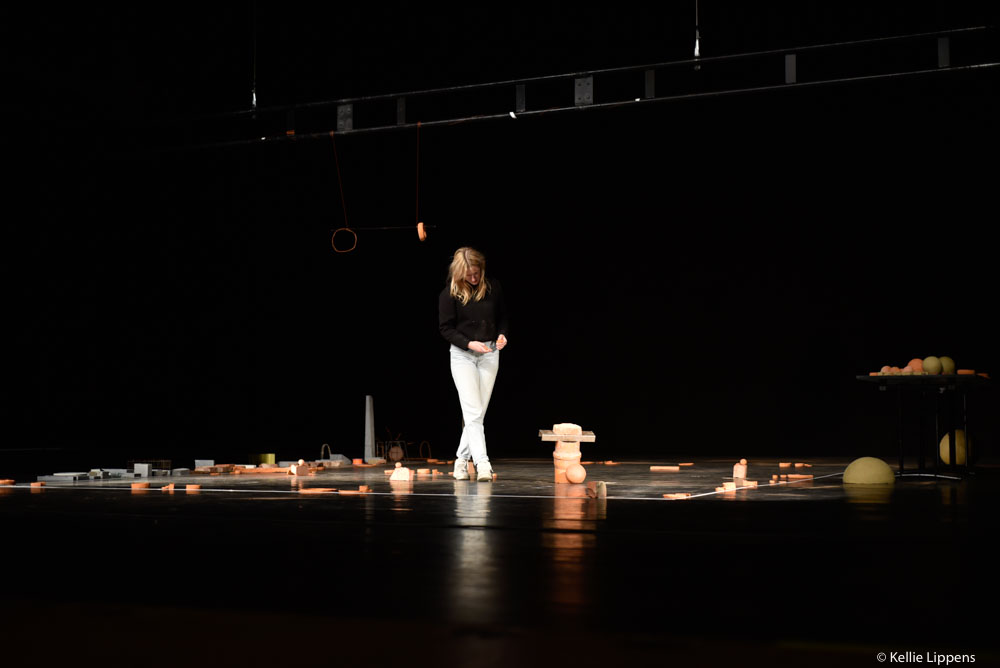
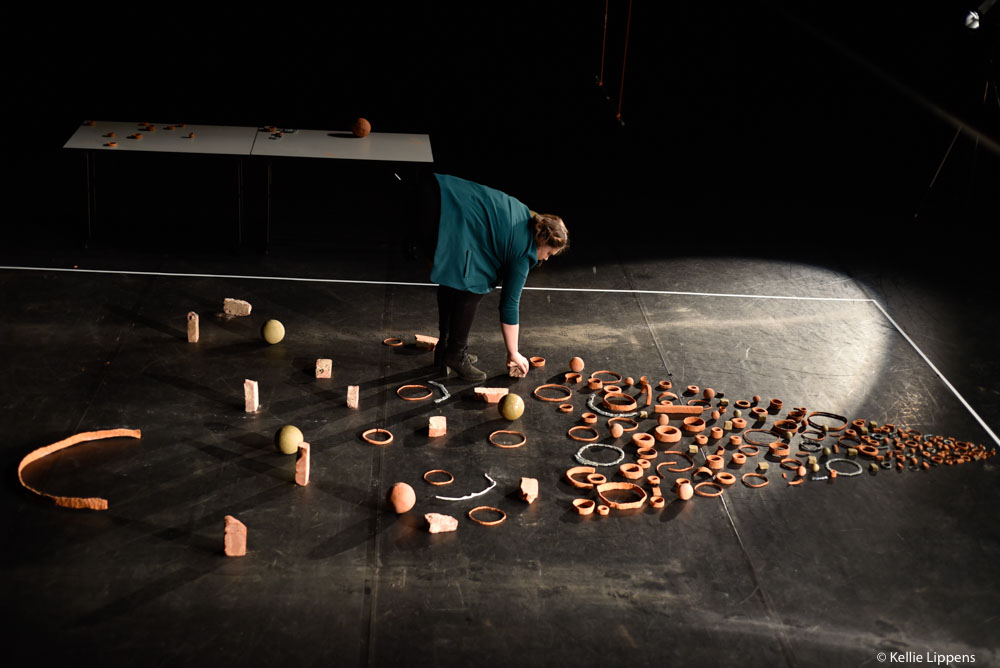
the same objects, the same space
other players, other movements
breaking the repetition
always new interpretations with their own story
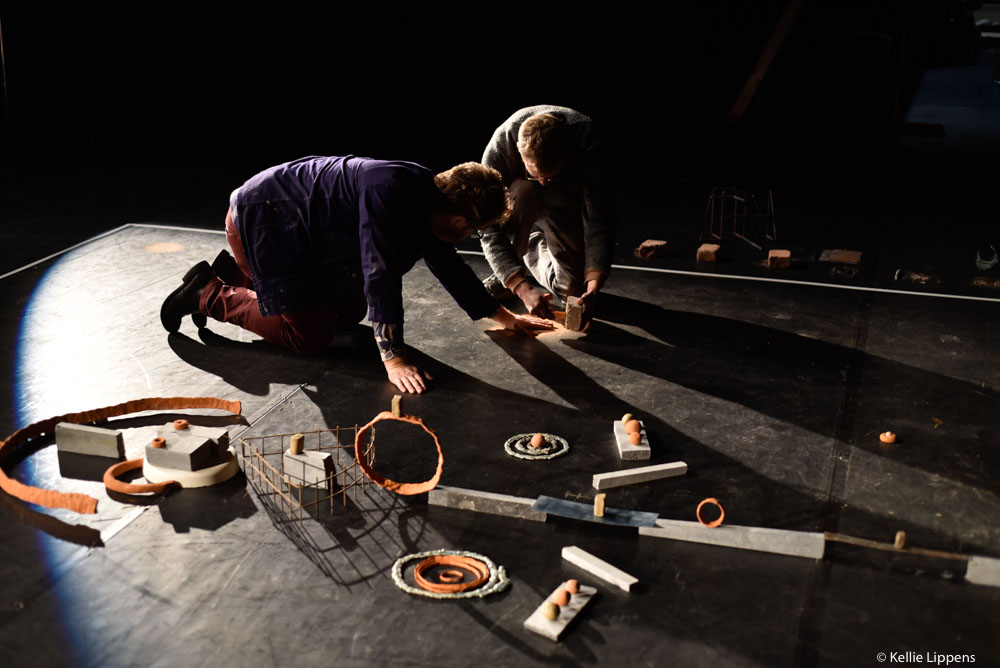
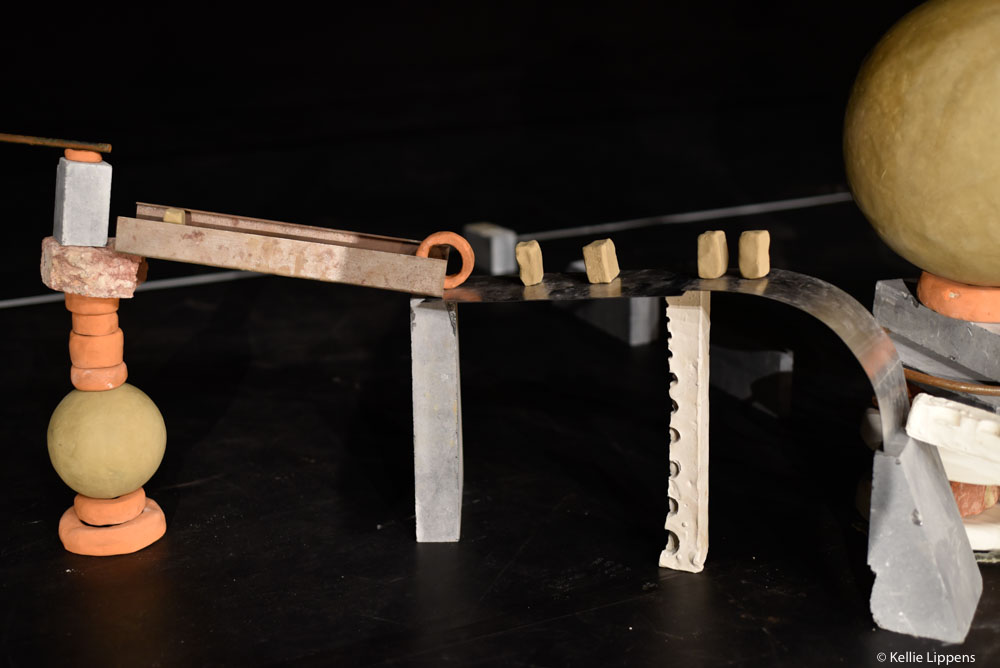
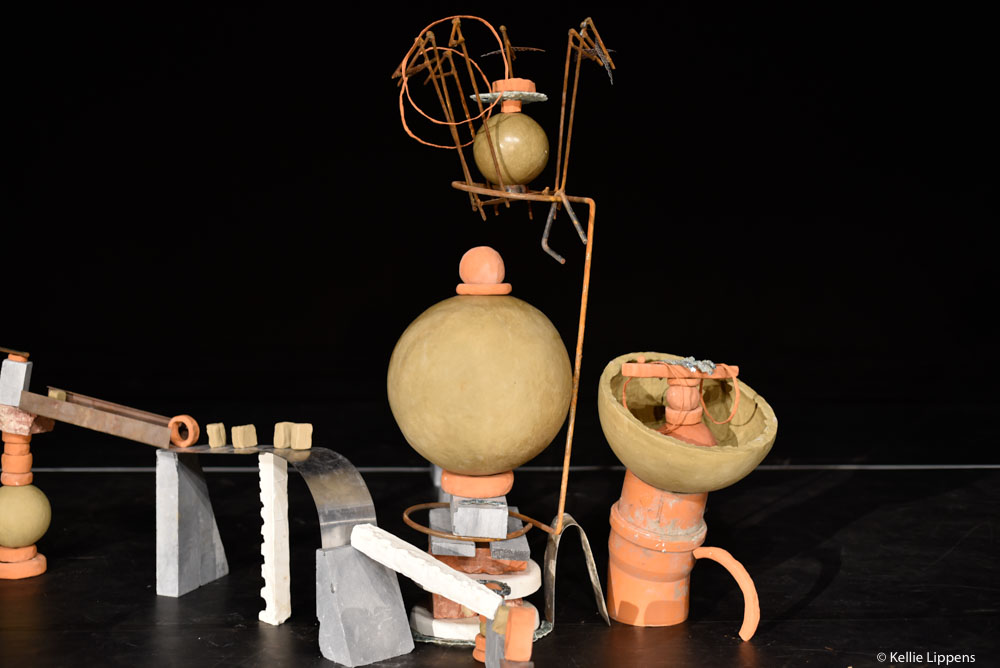
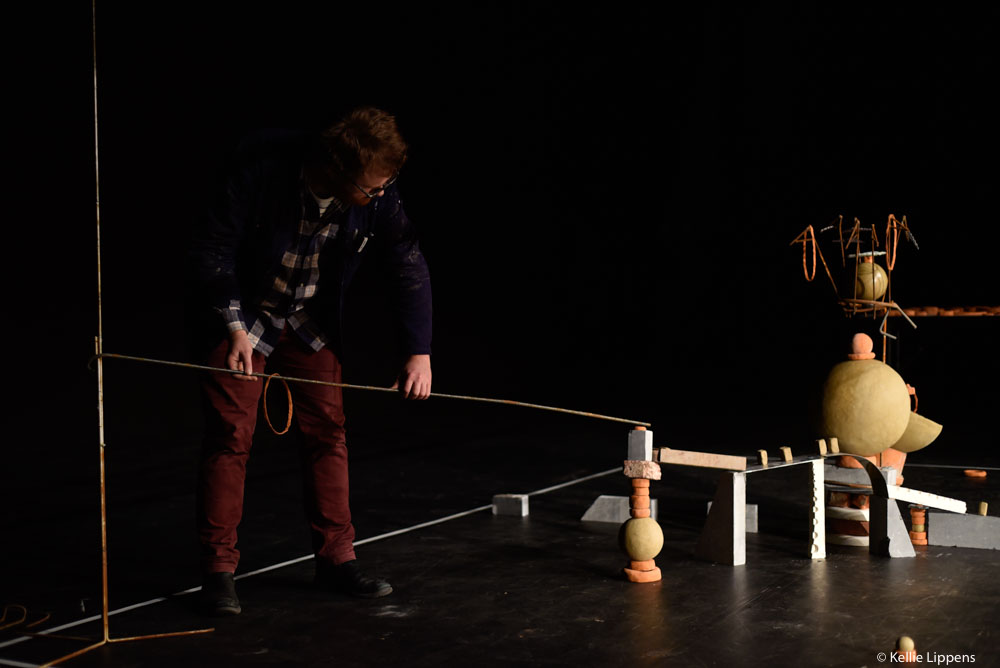
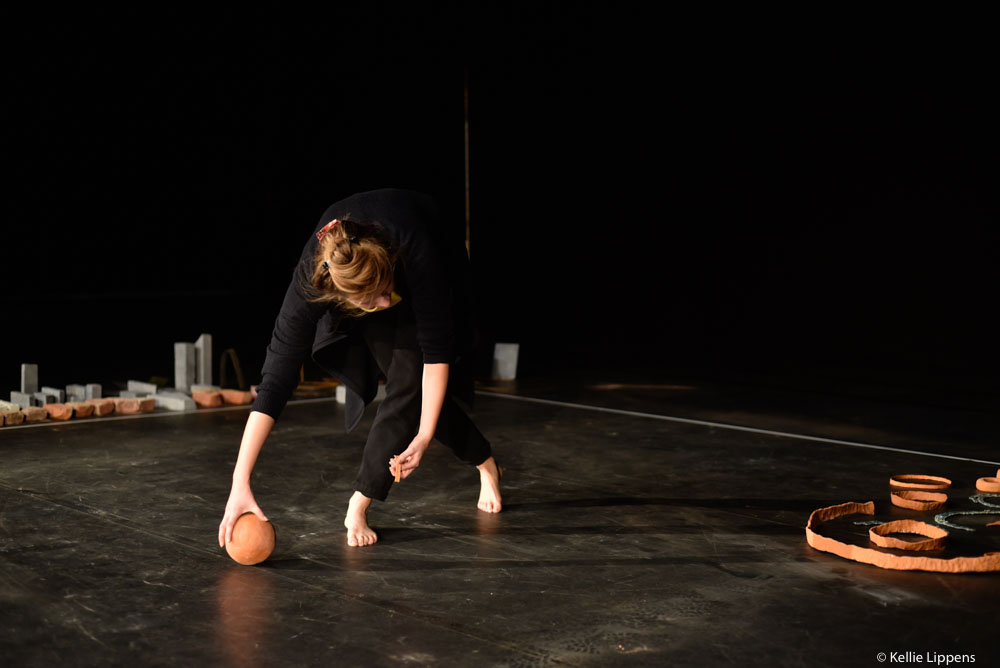
On the other hand it was also a challenge for myself. Never before had I let others determine my work. Can I tolerate others getting to work? The ultra fragile work with the result how I will be able to handle if someone else breaks it? Knowing that everything will break, no longer wanting to put it in a glass cupboard and protecting it, daring to 'let go' of keeping up, the experience or event can give something much more than that I would do nothing more with those objects.
For each selection I have selected players who could participate in this project. I chose to work one on one. Without distraction or influence by the other players. Each player had tapped an empty stage with a white square. The objects lay on the two opposite sides. One side with found objects the other with created objects. It always started with the same setup, the same for everyone. The stage is the showroom where individual objects are located and where players can play freely within the framework. Each time the same space with other people, the same framework that changes into different compositions. It was an ever-changing chain with a collection of movements. Just like the circle that has neither beginning nor end and is always recurring, just like the seasons with prevailing inequality.
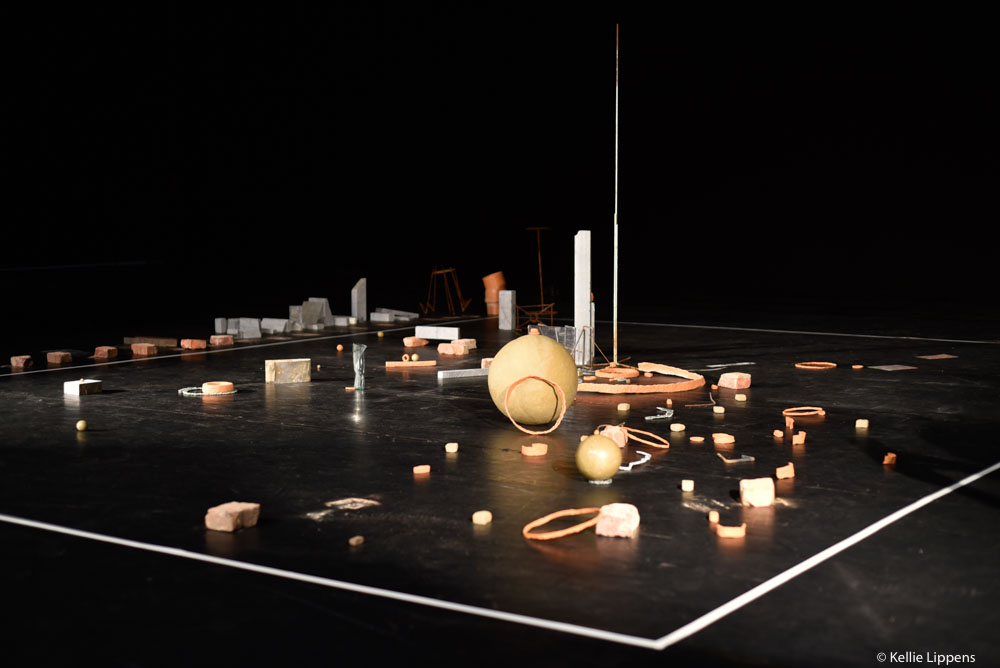
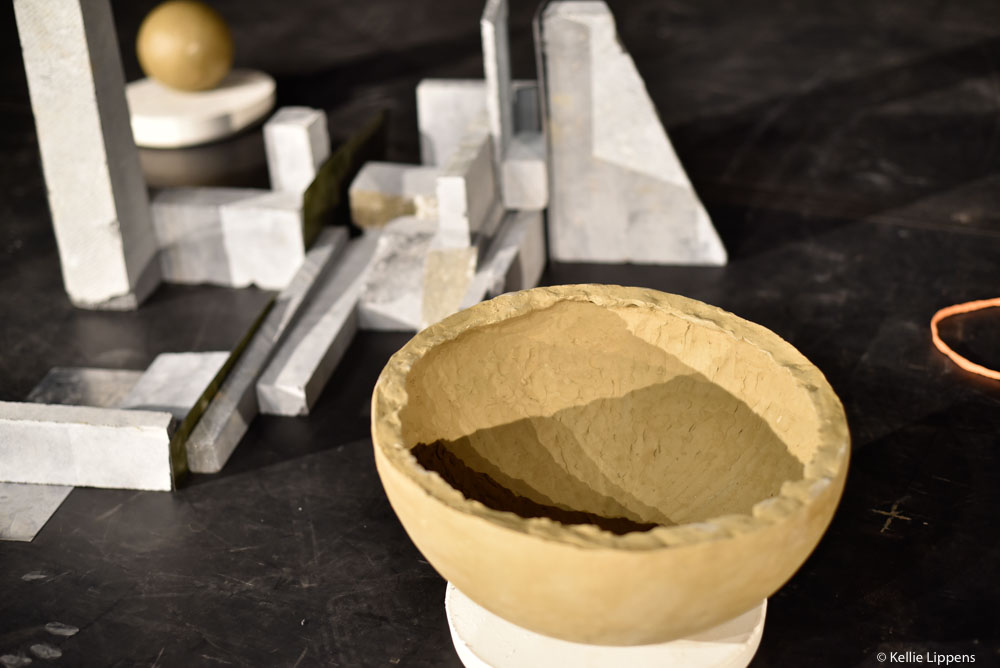
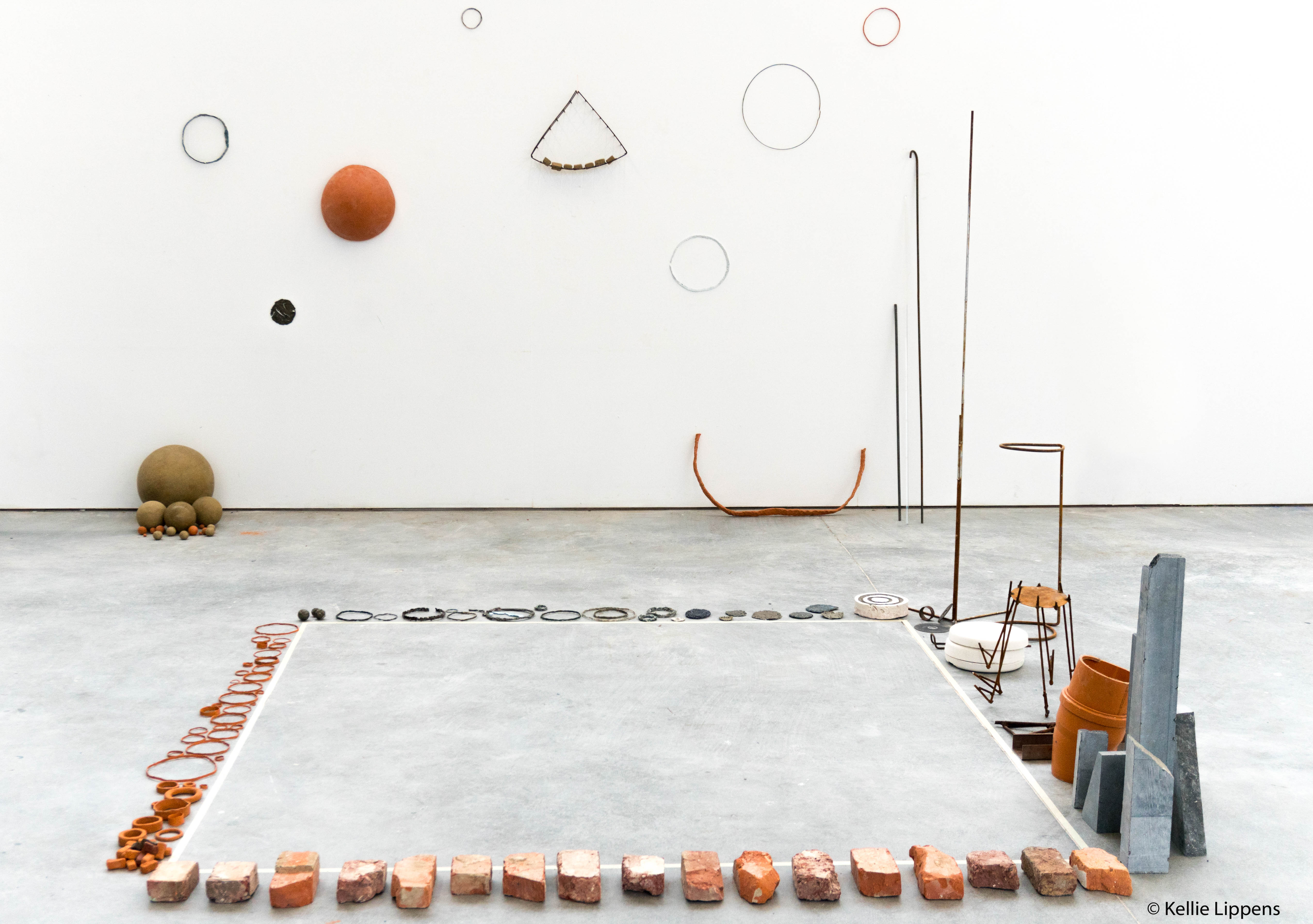
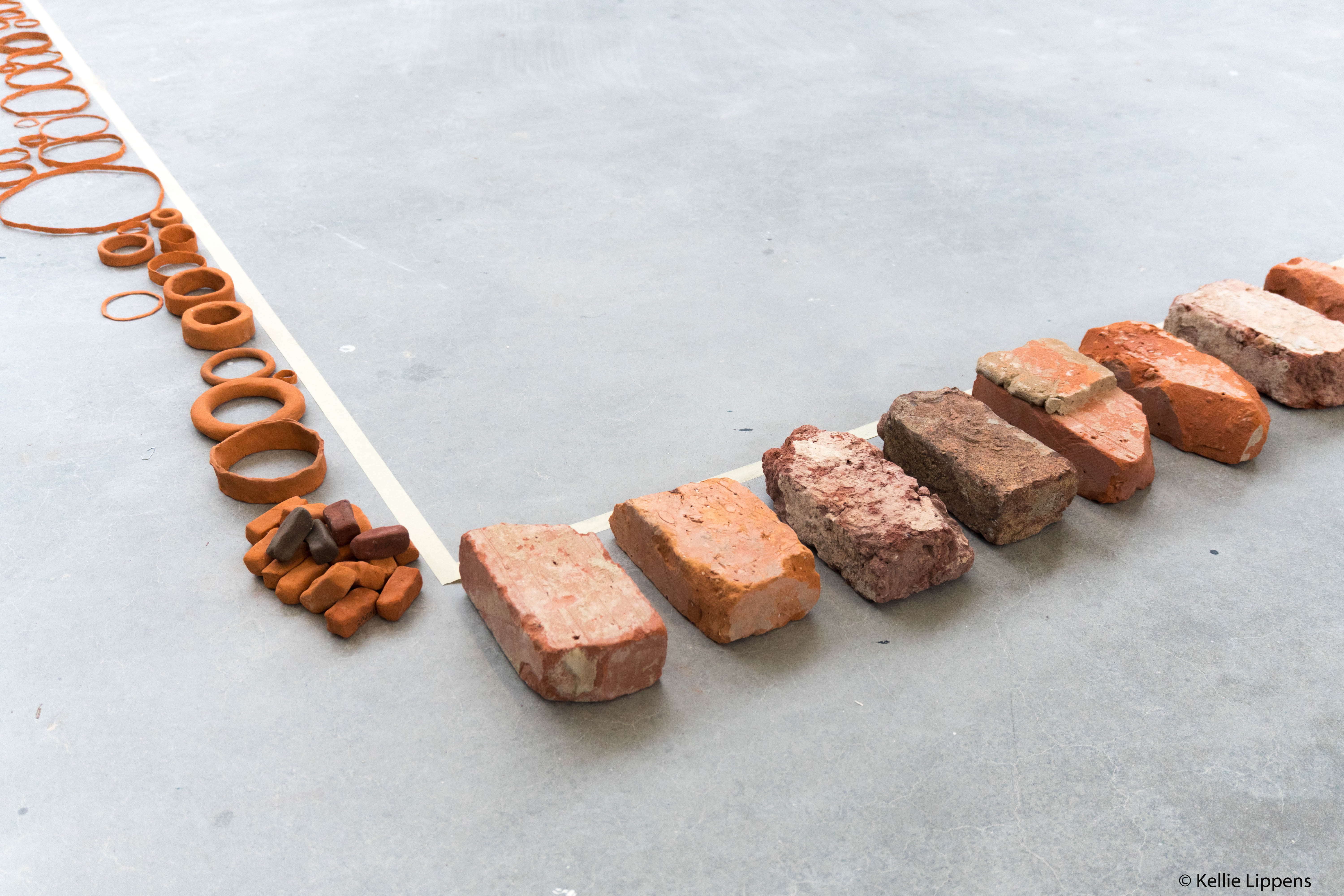
Through this experiment I discovered how others can show themselves through my objects. Everything has to do with choices and they are sometimes recognizable by their personal character.
Examples:
Ellen De Vos makes 2D drawings with many details, she also started with the small fine shapes (with which she is familiar) and after a while she took the larger objects.
She built the composition like her drawing: from a corner and thus more spacious with larger shapes to the farthest corners.
In the moment she felt herself in nature with pure forms and materials. She made the link with Richard Long: transition between nature and human intervention.
Robbert and Frank made a course of movement. (as they themselves said such as Fishley and Wise) they saw it as playful and forestry building: stacking, balancing, ...
The shapes made this fascinating, they allowed a lot.
Hannah Reede wanted to stay as close as possible to herself. She works from order, calculations, rhythm, repetition, geometry and monochrome.
Sofie Steegen recognized herself in the composition when she looked at it afterwards: orderly chaos and "in the nick of time". She only used orange as a conscious choice.
Merel Cremers relied on her feeling, quickly and directly. She was immediately attracted by certain objects that she wanted to use.
She allowed space for the uncontrolled (by rolling balls, among other things). In her composition she paid attention to the placement and the balance (of the objects themselves, format, color ,.)
Space around the frame also plays a role.
Martin Vos wanted to show contrasts he saw in the objects. He is also concerned with contrast in his own paintings. He saw the delicate fragile circles as water or air (almost intangible) and the stones as something very physically present and heavy. He wanted to bring these together into a whole by connecting it with plaster discs with spheres on.
Anne Ausloos worked from left to right and her idea continued to grow. She started making a grid (as a strict order: centerline, grit). The broken stones were supplemented in their fracture. A balance was created between the mechanical defect and the homemade.
The circle becomes even more vulnerable with respect to the stone. They also seem to flow into each other because of the color (because it is actually the same material). 2 worlds that communicate together.
The sharper you look, the more you get.